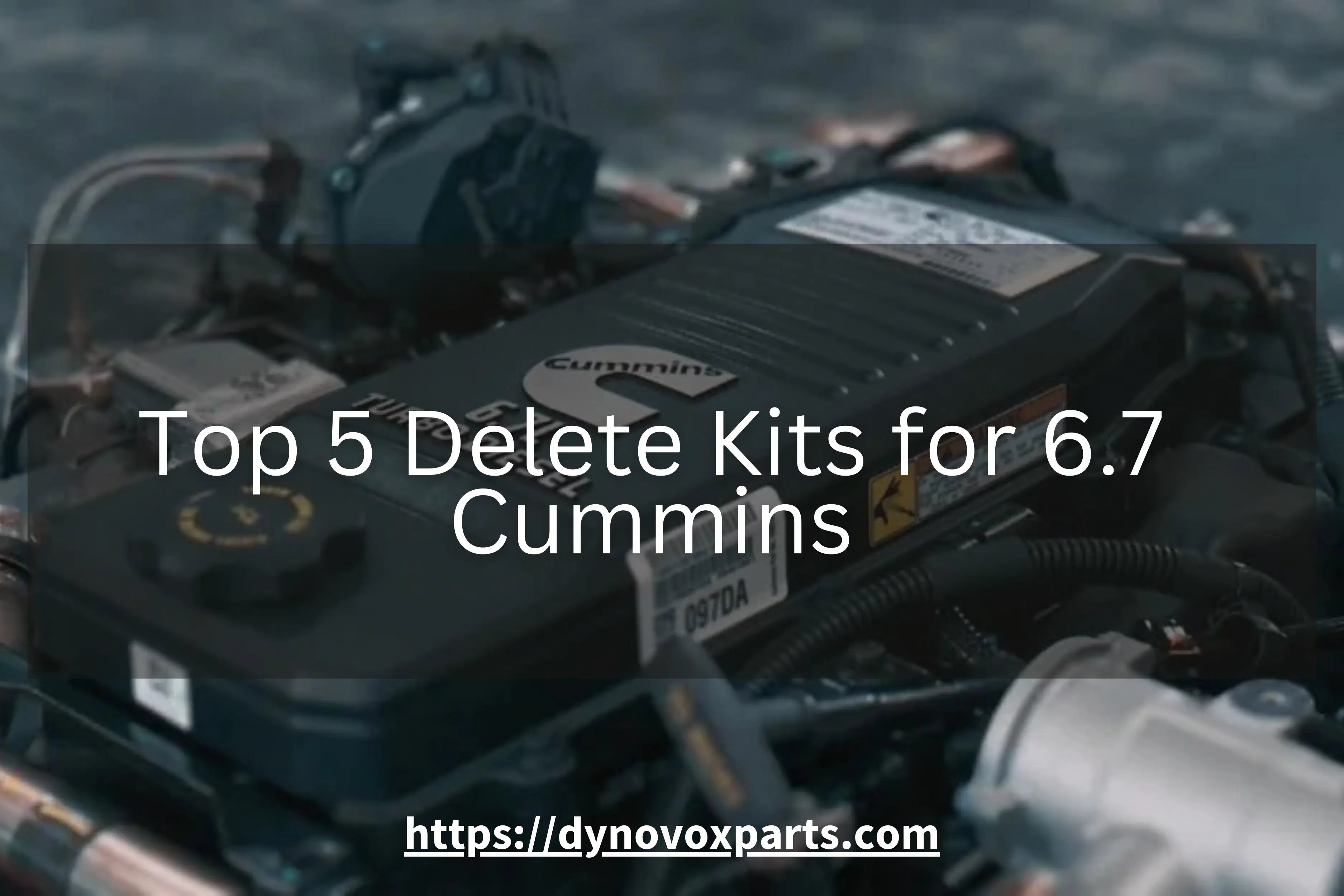Unlock Peak Perfo...
Aug 15, 2025

Deleting a 6.7L Cummins (2007-2018) delivers major performance gains but comes with real legal risks. Here’s what you need to weigh before deciding:
- +30-50 HP & Torque (Removes DPF/EGR restrictions)
- +2-4 MPG Gain (No more fuel-wasting regens)
- Longer Engine Life (No soot recirculation = cleaner oil)
- Eliminates $5,000 Repairs (DPF replacements, EGR cooler failures)
- EPA Fines Up to $4,500 (If caught with tampered emissions)
- Failed Inspections (In emissions-testing states)
- Resale Value Impact (Some buyers avoid deleted trucks)
- Warranty Void (If still under factory coverage)
- Stock 6.7 Cummins: ~350 HP / 660 lb-ft
- Deleted + Tuned: 400-450 HP / 800+ lb-ft
- Biggest Gains: Turbo spools faster, no exhaust backpressure
- Before Delete: 14-16 MPG (with regens)
- After Delete: 16-20 MPG (no wasted fuel burning soot)
EGR delete stops:
- Carbon-clogged intake manifolds
- Coolant leaks from failed EGR coolers
DPF delete prevents:
- Turbo damage from backpressure
- Cracked pistons from high EGTs
- Tampering with emissions = $4,500+ fine per violation
- Shops that perform deletes risk $37,500+ fines
- Enforcement increasing (especially in CA, TX, NY)
- Strict States (Fail if deleted): CA, CO, NY, PA, etc.
- No-Test States (Safer): FL, OH, MI, most of the South
- Dealers may refuse CPO warranty
- Private buyers often pay less (unless it’s a performance market)
If the legal risks worry you, consider:
DPF Cleaning ($300-$600)
- Extends DPF life but doesn’t fix underlying issues
EGR "Soft" Delete (Tune-Only)
- Keeps hardware intact but disables function via tuning
Partial Deletes (Mock DPF Shells)
- Maintains stock appearance but improves flow
- Live in a no-emissions-test state
- Tow heavy and need reliability
- Own an out-of-warranty truck
- Accept the resale/fine risks
- Live in CA or strict emissions states
- Have factory warranty remaining
- Plan to sell to dealerships
- Can’t afford potential fines
- Check local laws (Google “[Your State] diesel emissions testing”)
- Get quotes for repairs (Sometimes fixing emissions parts is cheaper)
- Research tuners (Some hide delete capability better than others)
Can you undo a delete later?
- Yes, but reinstalling DPF/EGR costs $2,000+ in parts.
What’s the #1 delete mistake?
- Using cheap tuners that throw obvious CELs during inspections.
Are there “legal” deletes?
- No – any tampering violates EPA rules, but enforcement varies.
What’s the cost of a 6.7 Cummins delete?
- Expect $1,500-$3,500+ (kit + tuning + labor).
A 6.7 Cummins delete can boost performance, efficiency, and engine health, but the legal and financial risks are real. Weigh the pros and cons carefully before deciding!